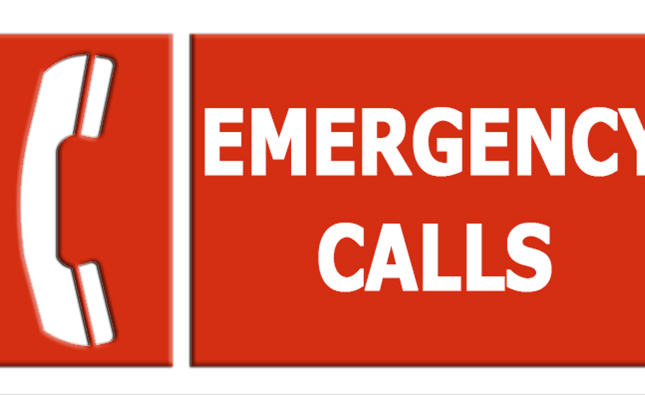
Introduction
Fraud is an enemy that plagues the healthcare industry, costing billions of dollars each year. It has become a thorn in the side of Medicare and insurance companies alike, which are forced to bear the brunt of financial losses stemming from such fraudulent activities. However, there’s good news on the horizon – as both parties have recognized this problem and are now working together to combat it effectively. In this blog post, we’ll explore how these two powerhouses are joining forces in their battle against healthcare fraud and what steps they’re taking to protect patients’ rights while combating crime at the same time. So buckle up and get ready for an intriguing ride!
What is healthcare fraud?
According to the National Health Care Anti-Fraud Association, healthcare fraud costs the U.S. economy an estimated $272 billion each year. That’s why Medicare and private insurers are joining forces to fight back against this growing problem.
So what exactly is healthcare fraud? It can take many forms, but it typically involves billing for services or supplies that were never provided, providing unnecessary services in order to increase profits, or charging more than the usual and customary rate for services.
Fighting healthcare fraud is a complex task, but there are a few key things that Medicare and private insurers are doing to help put a stop to it. One is data analytics, which is being used to identify suspicious billing patterns. Additionally, new payment models are being tested that could help reduce opportunities for fraud. And finally, stronger partnerships between Medicare and private insurers are helping to improve information sharing and coordination of efforts to root out fraudsters.
With these initiatives in place, hopefully we can start making headway in the fight against healthcare fraud.
The cost of healthcare fraud
The cost of healthcare fraud is estimated to be more than $100 billion per year. This includes both public and private insurance companies. Healthcare fraud can take many forms, from billing for services that were never provided to upcoding (billing for a more expensive service than the one that was actually provided).
One of the biggest challenges in combating healthcare fraud is that it often takes place behind the scenes, making it difficult to detect. However, there are some signs that may indicate fraud, such as unusually high numbers of claims for a particular service or procedure, claims submitted using incorrect codes, or duplicate claims submitted for the same patient.
Medicare and private insurers are working together to combat healthcare fraud through data sharing and analytics. By pooling their resources, they hope to identify fraudulent activity more quickly and efficiently. In addition, they are working with law enforcement to investigate and prosecute those responsible for healthcare fraud.
Medicare and Medicaid fraud
According to a report from the National Health Care Anti-Fraud Association, healthcare fraud costs the U.S. government and private payers billions of dollars each year. In an effort to combat this growing problem, Medicare and private insurers are teaming up to share data and resources.
One of the biggest challenges in fighting healthcare fraud is that it often takes place across state lines. By working together, Medicare and private insurers will be able to more effectively target fraudsters and save taxpayers money.
In addition to sharing data, Medicare and private insurers are also working on new technologies to detect fraud. For example, Medicare is piloting a new system that uses predictive analytics to flag suspicious claims before they’re paid out.
The fight against healthcare fraud is ongoing, but by working together, Medicare and private insurers are making progress.
Insurance company fraud
The Centers for Medicare and Medicaid Services (CMS) reports that every year, healthcare fraud costs the U.S. government billions of dollars. In an effort to combat this issue, CMS has been working with private insurance companies to crack down on fraudsters.
One recent example of this partnership is a data-sharing agreement between CMS and UnitedHealthcare. This agreement allows UnitedHealthcare to access CMS data in order to identify potential fraud and abuse cases. UnitedHealthcare can then share this information with CMS, so that the agency can take appropriate action.
This type of partnership is crucial in the fight against healthcare fraud. By sharing data and resources, Medicare and private insurers can more effectively root out fraudulent activity. This helps to protect taxpayer dollars and ensure that patients receive the quality care they deserve.
Fighting back against healthcare fraud
The health care industry is under attack. Bad actors are increasingly targeting health care organizations in an attempt to commit fraud. This fraudulent activity costs the U.S. health care system billions of dollars each year and drives up the cost of health care for everyone.
Medicare and private insurers are joining forces to fight back against healthcare fraud. They are using data analytics and machine learning to identify suspicious patterns of behavior, crack down on fraudulent claims, and prevent future attempts at fraud.
This is a positive development for the health care industry, as it will help to protect resources and keep costs down. It is also a good reminder that we all need to be vigilant in protecting our personal information and ensuring that we are not unknowingly contributing to healthcare fraud.
Conclusion
The fight against healthcare fraud is a major concern for both Medicare and insurance companies around the world. To combat this growing problem, they are joining forces to come up with innovative solutions that will help protect patients while still providing quality care. This includes better data analysis tools, increased provider education on billing regulations, and improved oversight of healthcare providers. As technology continues to improve, it is likely that these measures will only become more effective in detecting and deterring fraudulent activity within the industry.










